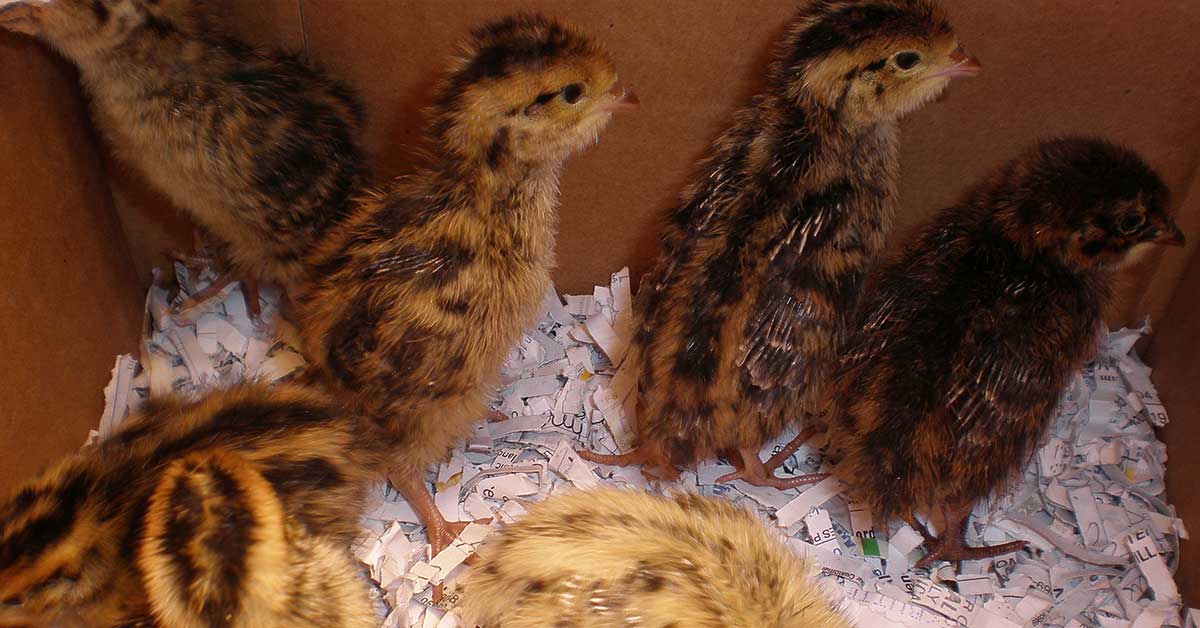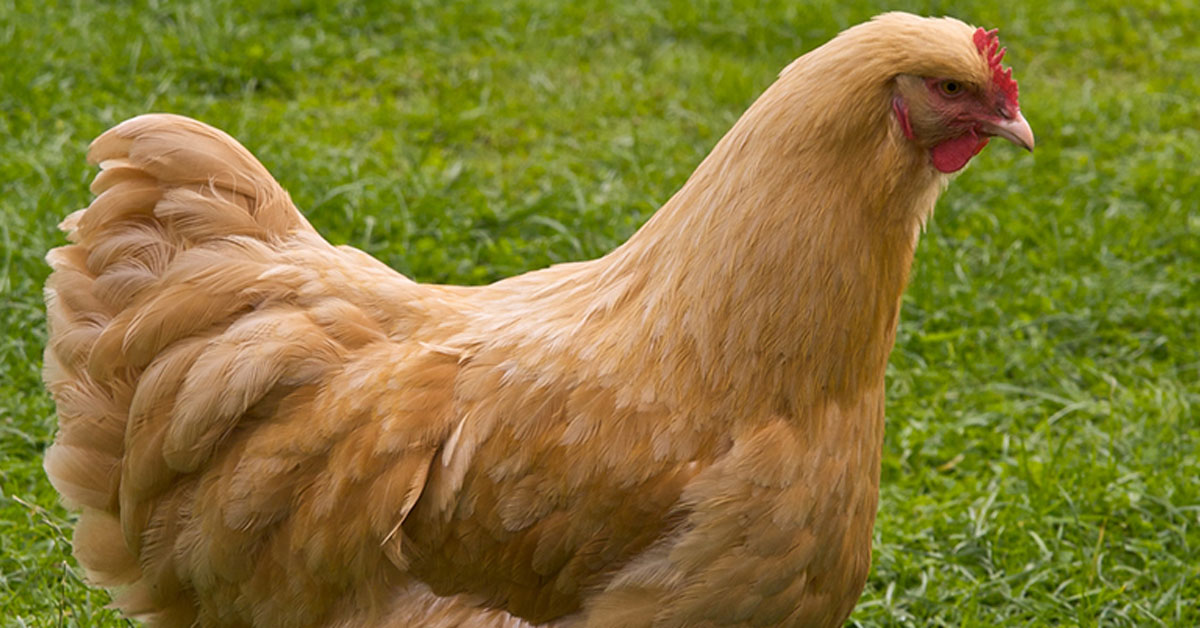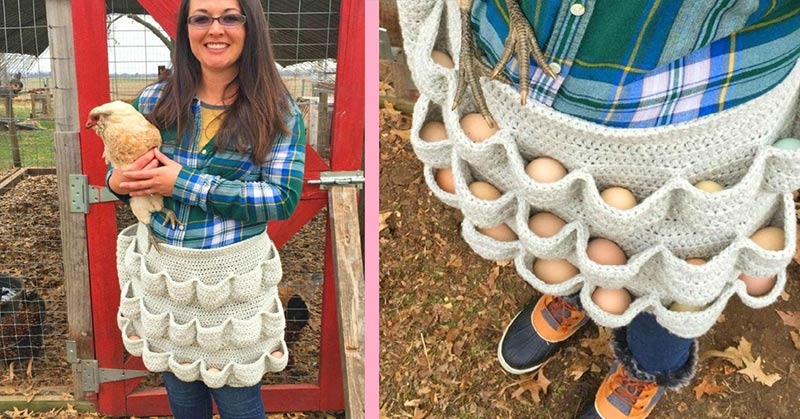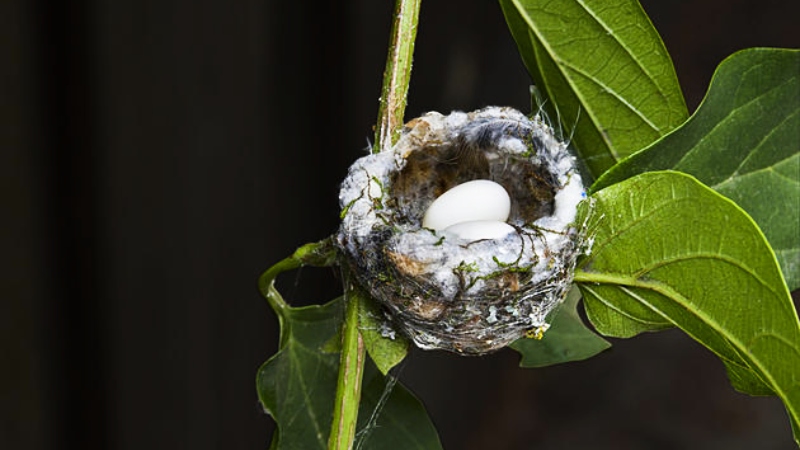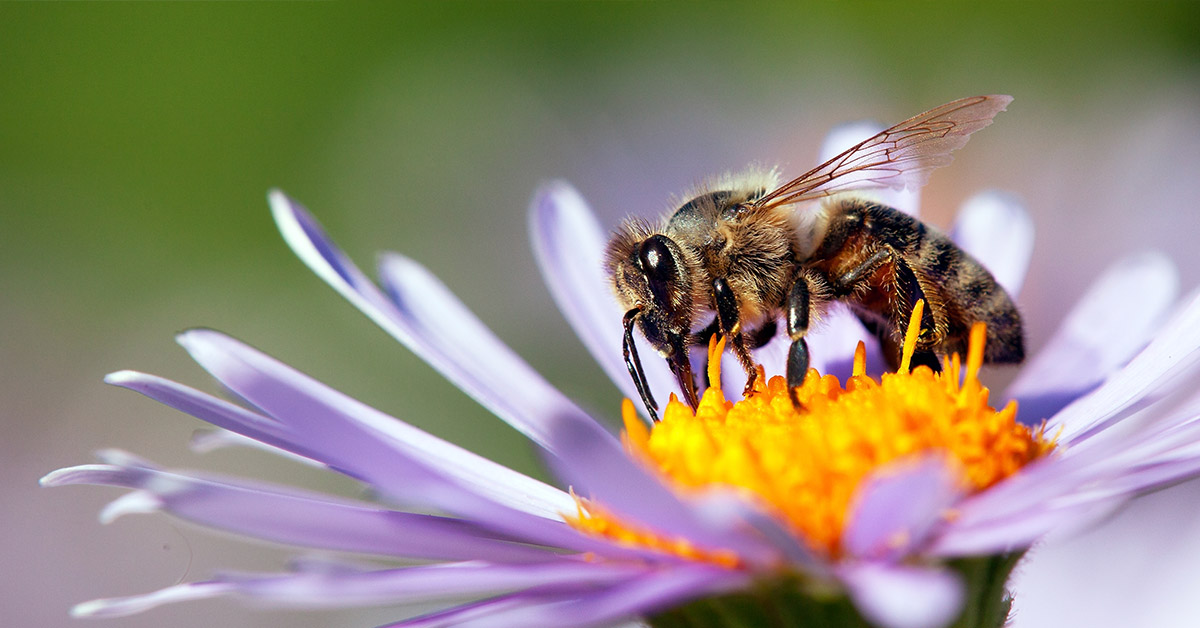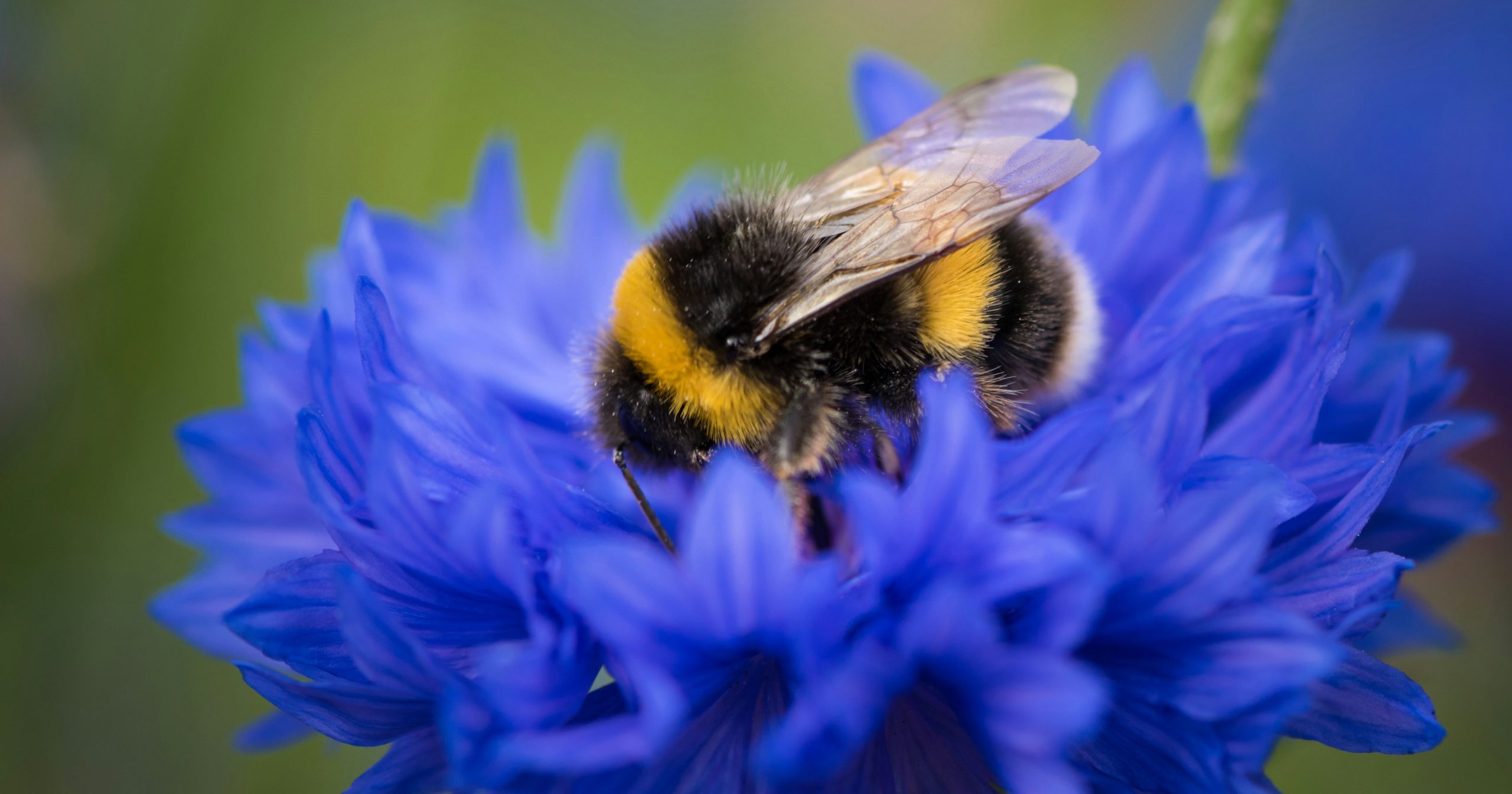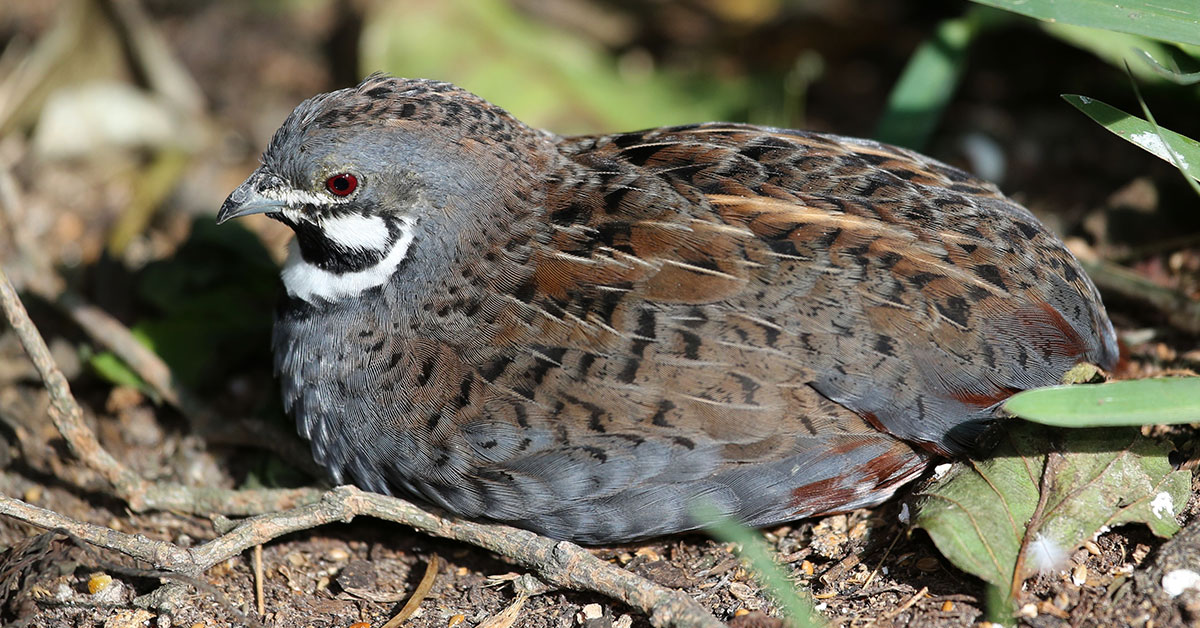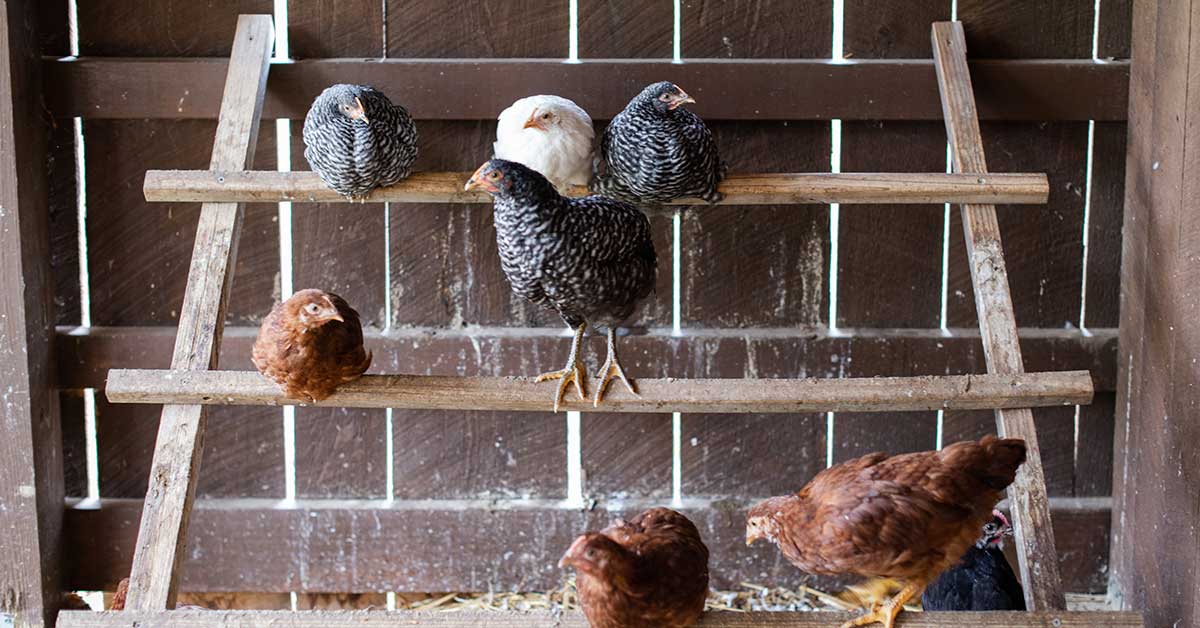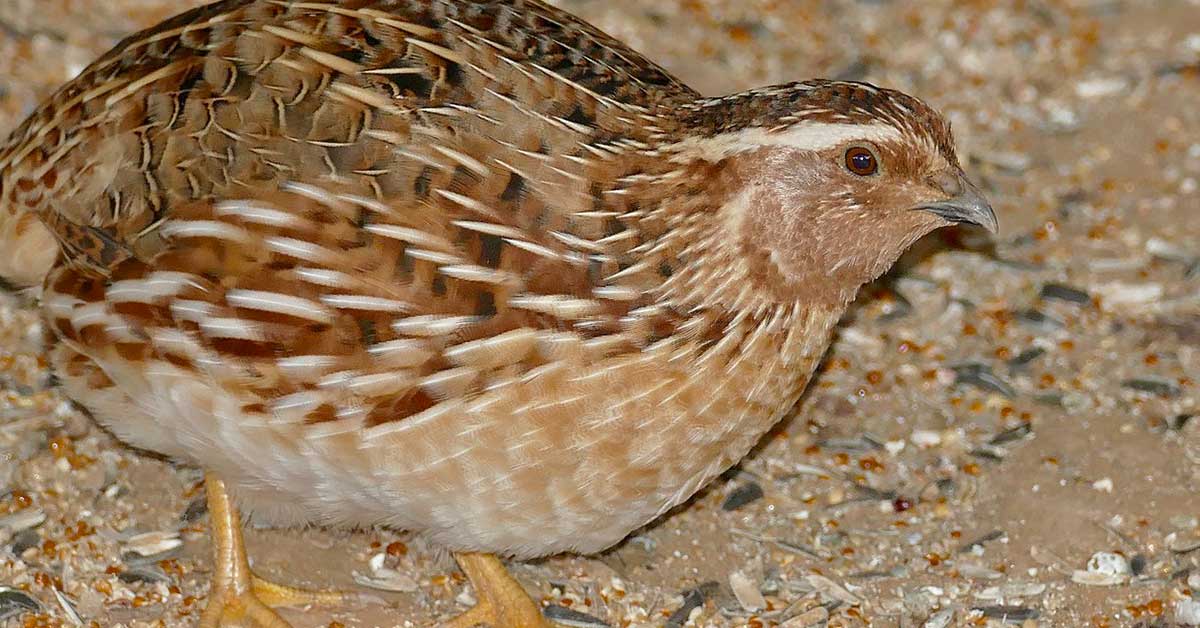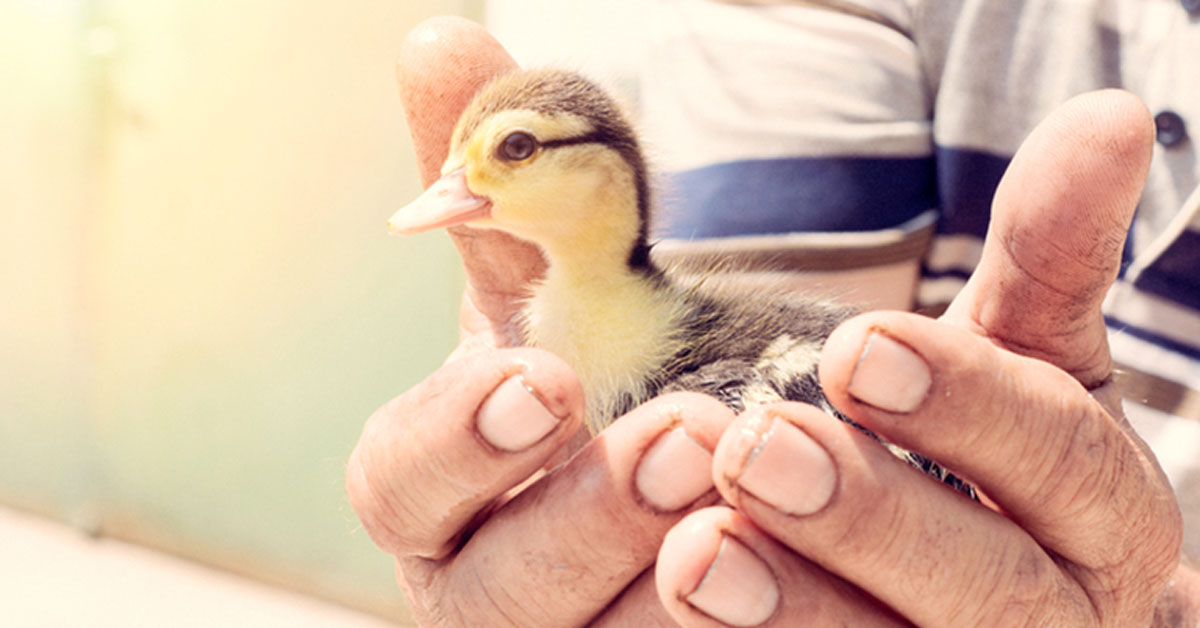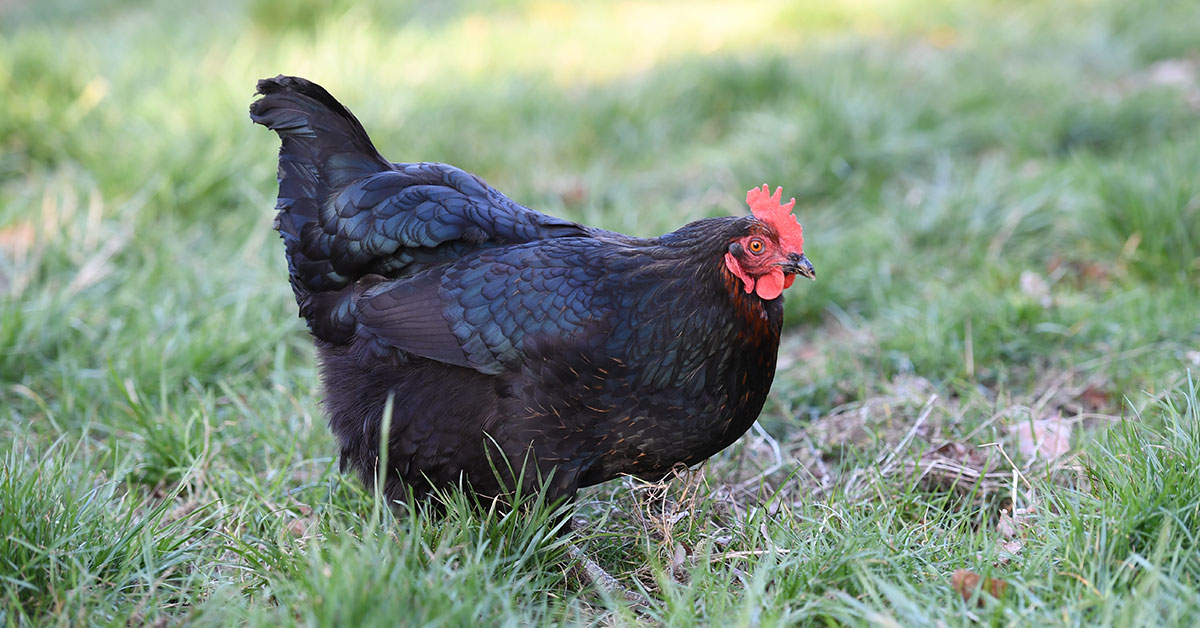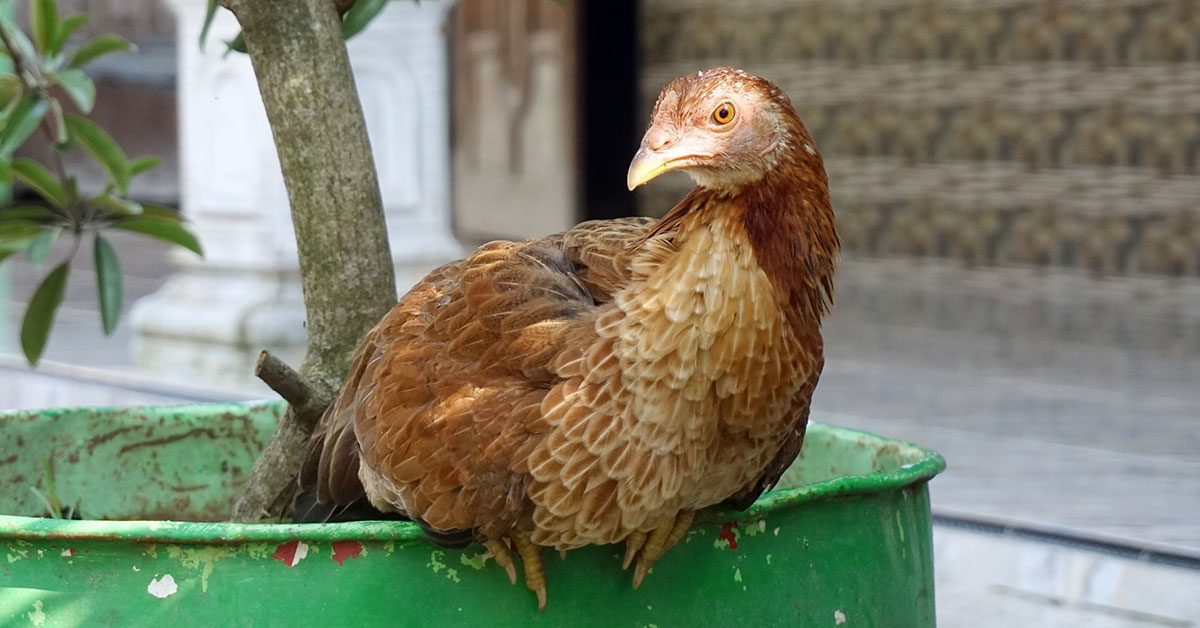Raising quail is an easy, fun, and ultimately rewarding hobby. Once your chicks are adults, you get fresh quail eggs! Not a bad deal, right? Quail are super easy to raise. This guide will show you how to raise quail chicks. Picking the right breed of quail to raise is important, so be sure you’ve done your research on the available types of domestic quail. Generally, we recommend starting with Coturnix quail.
Whether you’ve picked up some quail chicks from a local seller or have chosen to hatch them yourself, this is how to raise quail chicks.
The quail chick brooder
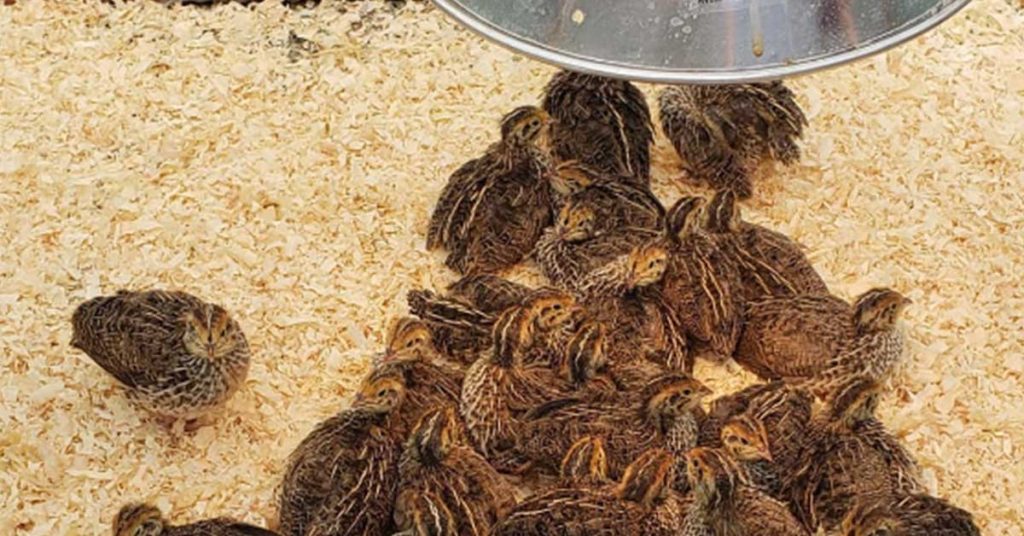
A brooder for quail chicks is a must-have if you plan to raise baby quail. The brooder should provide a safe and comfortable environment for the chicks to grow. It should provide plenty of room for the chicks to move around and explore, as well as heat sources to ensure that the chicks stay at a comfortable temperature. Be careful that you aren’t cramming too many quail chicks in too small of a space. Overcrowding can cause stress, resulting in chicks dying from injury or disease.
Your brooder box will need to be kept at about 95 degrees Fahrenheit consistently during your quail chicks’ first week of life. For the following 4 weeks, you can reduce the temperature by 5 degrees Fahrenheit every week until they’re 5 weeks old. At this time, they are pretty much fully feathered out and don’t require a heat source.
A good brooder should also be equipped with a feeder and waterer and a place for the chicks to hide and feel secure. Proper ventilation and cleanliness is also essential to keep the chicks healthy and growing. Quail chicks can be fragile creatures so it is important to ensure that their brooder is properly equipped and maintained. Care should be taken not to offer chicks a waterer that is too deep, as drowning can occur. A waterer with stones or marbles can prevent drowning. Fresh water and food must be available at all times. Your chicks hatch knowing how to eat and drink, but if they’re very young, they may need you to help show them where the food and water is.
Feeding your chicks
Within 12-24 hours of hatching, your quail chicks should be moved out of their incubator and into their brooder and immediately offered food. Quail chicks require a special diet to ensure that they develop and grow properly. They should be fed a chick starter feed for the first 8 weeks of their life, preferably one specifically designed for quail, like a 25-28% protein gamebird grower. A turkey starter feed will also work. If you plan to raise them for meat, I recommend organic feed, just to avoid chemicals from the feed getting into the meat. It’s more expensive but worth it I think. For very young chicks, you may have to grind their feed up into smaller pieces. I use an old coffee grinder for this task.
After this period, they can be switched to a game bird feed of 20-22% protein. It is important to provide a constant supply of clean, fresh water and to ensure that the feed is free from mold and other contaminants. Quail chicks can also benefit from the addition of fresh fruits and vegetables, and a calcium supplement such as crushed oyster shell or cuttlebone. Feeding quail chicks is an important part of keeping them healthy and happy.
Raising quail chicks as pets
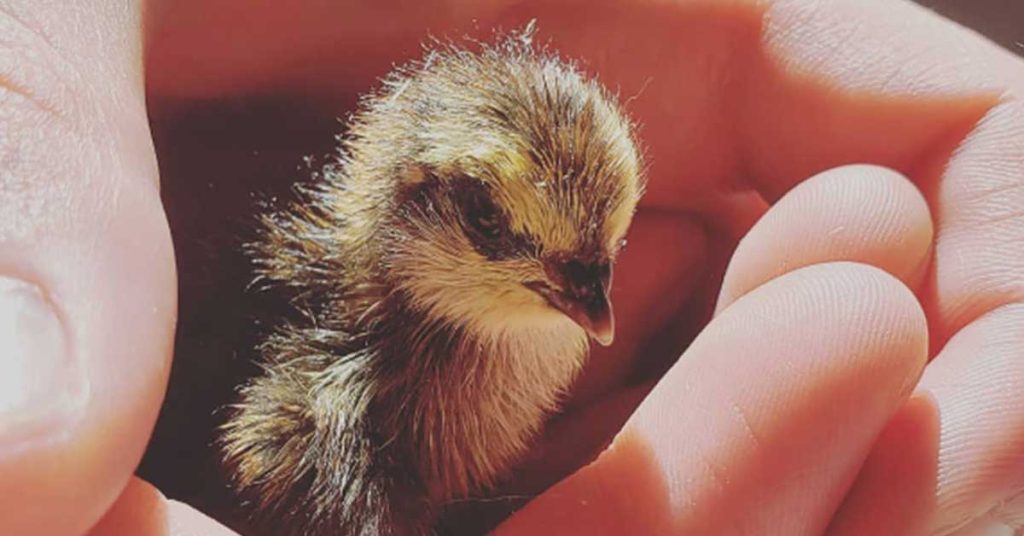
If your goal is to raise quail chicks as pets, you definitely need to be very hands-on with them. If you don’t handle and socialize with them enough, they may not become very attached to you. They’re generally docile and easy to handle, but if you don’t handle them a lot, they won’t exactly be friendly. At best, they’ll tolerate you.
When raising chicks as pets, I try to spend as much time with them as I can, up to several hours a day. During this time, I handle them, pet them, feed them treats, and let them sleep on my lap. Doing each of these things helps them get used to you and trust you. You want them to know that you’re a source of comfort and treats.
